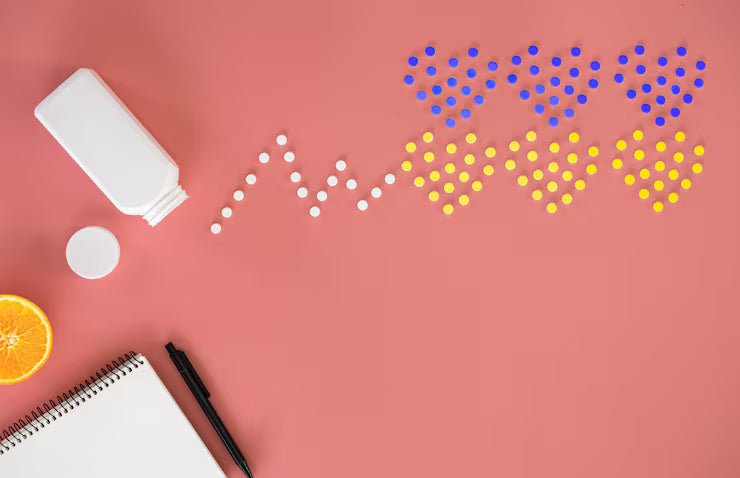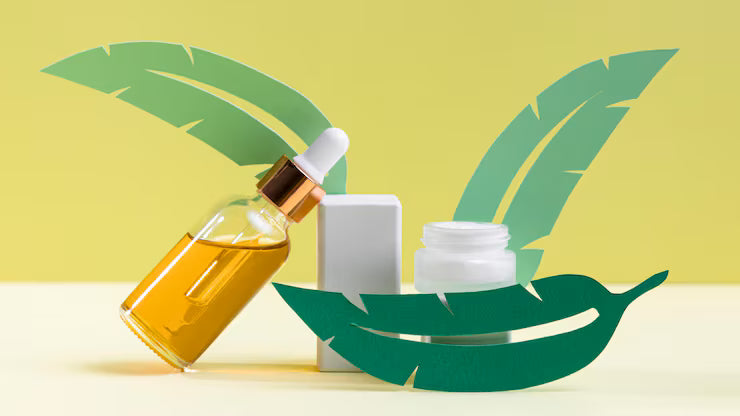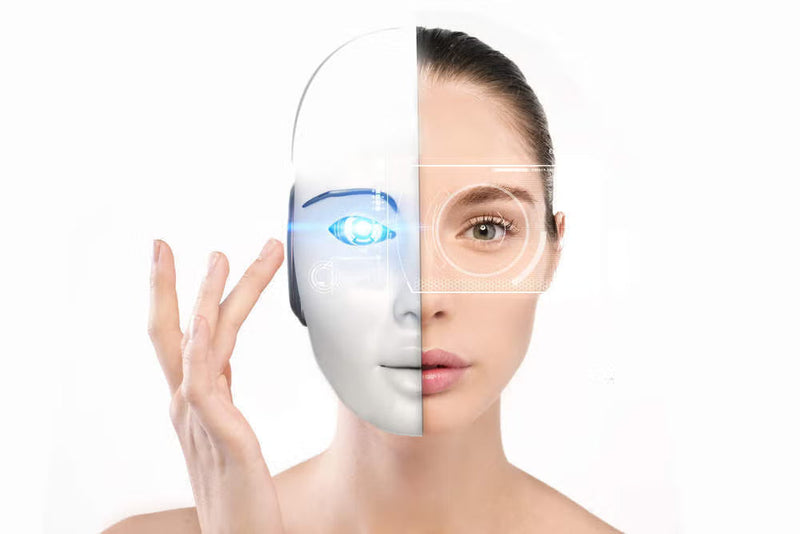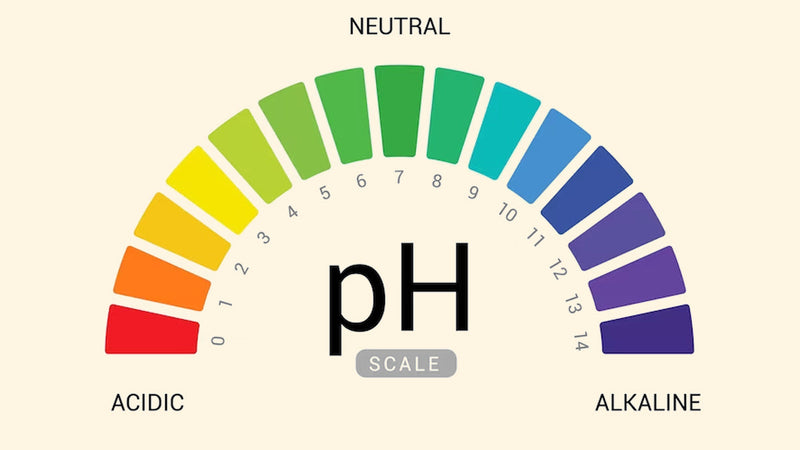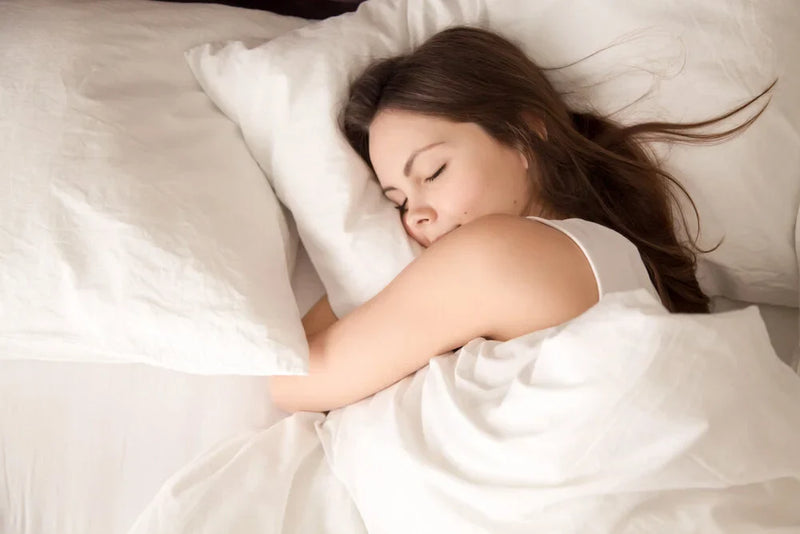

The Truth About “Natural” Labels — What Clean Beauty Really Means
“Natural.” “Non-toxic.” “Clean.” These words are everywhere in beauty—but what do they actually guarantee? This modern, design-forward guide decodes marketing jargon, spotlights real standards, and shows you how to build a routine that’s safer for skin and smarter for the planet.
Clean beauty began as a consumer push for transparency. The movement challenged brands to justify ingredients, reduce known irritants, and consider environmental impact. But as the term exploded, so did confusion. There is no single legal definition of “natural” or “clean beauty” in most markets. That means one brand’s “clean” can be very different from another’s.
What “Natural” Legally Means (and Doesn’t)
In personal care, “natural” is largely a marketing term. In the United States, there’s no FDA definition for “natural cosmetics.” The claim can mean a product contains plant-derived materials, fewer synthetics, or simply a natural-inspired fragrance. It might also mean nothing concrete at all.
- Uses plant, mineral, or fermentation-derived ingredients
- Avoids some petrochemical solvents and certain synthetic dyes
- Emphasizes essential oils, plant butters, hydrosols, clays
- Allergen-free or irritation-free formulas
- Better clinical performance than synthetic alternatives
- Superior sustainability or humane sourcing
- Safer products across all skin types or life stages
Reality check: Safety depends on the ingredient identity, concentration, formula context, and how you use it—not on whether the molecule started in a lab or on a leaf.
Clean Beauty 101: A Working Definition
If “natural” is undefined, how do you shop? Use a working definition of clean beauty that’s practical and evidence-based:
- Prioritizes proven actives with strong safety profiles
- Minimizes common irritants for sensitive users
- Discloses full ingredient lists (INCI) and known allergens
- Chooses preservatives with good safety records
- Considers environmental persistence and packaging impact
- Plain-language claims you can verify
- Clear usage directions and patch-test guidance
- Batch stability and microbiological testing
- Supplier transparency (origin, processing, certifications)
“Free-from” lists (e.g., no parabens) can be useful, but they are not a safety guarantee. Ask what’s used instead and why.
Global Rules: US vs EU vs Certifications
Cosmetics are regulated differently across regions. The European Union employs a more precautionary model with pre-market obligations; the United States historically used post-market enforcement with evolving oversight. Many responsible brands exceed minimum requirements wherever they sell.
- EU: centralized ingredient restrictions, mandatory safety assessment dossiers, required allergens disclosure for fragrances.
- US: brand responsibility for safety; increasing reporting and record-keeping requirements; recalls typically voluntary but enforceable.
- Other regions: Canada, UK, Australia follow hybrid models with distinct hotlists and labeling rules.
- USDA Organic: % thresholds of certified organic agricultural ingredients.
- COSMOS/ECOCERT: natural/organic content + process standards (solvents, GMO limits, biodegradability).
- NSF/ANSI 305: “contains organic ingredients” for personal care.
- Leaping Bunny/CCIC: cruelty-free program verification.
Seals vary in scope. Some cover ingredient sourcing; others cover finished product testing or animal-testing policies. A seal is a clue—not a substitute for reading the label.
Natural ≠ Safer: The Science of Risk
Risk is a function of hazard × exposure. A botanical extract may contain sensitizers; a synthetic may be extremely gentle. Water itself is “natural,” yet it can host microbes without preservatives. Conversely, a lab-made hyaluronic acid can be purer and more consistent than plant-extracted versions.
- Citrus and mint essential oils (limonene, menthol)
- Highly fragrant botanicals (ylang-ylang, cinnamon)
- Undiluted tea tree or lavender oils on compromised skin
- Glycerin, panthenol, ceramide analogs
- Hyaluronic acid (fermentation-derived)
- Niacinamide and peptides at suitable percentages
Patch-test: Apply a pea-size amount behind the ear or inner arm for 24–48 hours before full-face use, especially with fragranced naturals, acids, or retinoids.
Fragrance, Allergens & Essential Oils
Fragrance is the number-one cosmetic irritant category. Natural or synthetic, aromatics can trigger sensitivity. Essential oils add complexity: they’re concentrated and composition can vary harvest to harvest.
- Look for “fragrance-free” or “no added fragrance” for reactive skin
- Prefer low-allergen blends and disclose of EU-listed allergens when present
- Keep aromatherapy to rinse-off or body products, not leave-on face care
- Never apply neat (undiluted) essential oils to skin
- Limit phototoxic oils (cold-pressed citrus) before sun exposure
- Pregnancy/breastfeeding: consult a clinician; avoid high-dose oils
“Unscented” can still include masking fragrance. If you’re highly sensitive, choose “fragrance-free” and verify the INCI list.
Preservatives, Parabens & Shelf Life
Microbial contamination is a real safety issue. Preservatives prevent mold, yeast, and bacteria that can irritate skin and degrade actives. Avoiding preservatives entirely in water-based products is risky unless the product is truly anhydrous (oil-only) and packaged to minimize contamination.
- Sodium benzoate + potassium sorbate (pH dependent)
- Ethylhexylglycerin + phenoxyethanol blends
- Gluconolactone + sodium benzoate systems
- Heed PAO symbol (e.g., “12M” = 12 months after opening)
- Choose airless pumps for vitamin C, retinoids, peptides
- Store cool, away from sun; recap tightly; avoid finger-dipping
Myth buster: “Preservative-free” is not automatically safer. Inadequate preservation can cause infections and dermatitis—and ruin your actives.
Biotech, “Lab-Grown” & Synthetic Myths
Biotechnology can grow identical molecules to those found in nature—often with fewer pesticides, less land, and consistent purity. Fermentation-derived squalane, for instance, performs like olive-derived squalane with a smaller resource footprint.
- Reduced agricultural water and land use
- Controlled supply with traceable quality
- Fewer contaminants (heavy metals, allergens)
- Nature-identical: same molecule as plant-derived version
- Biodegradability: how readily an ingredient breaks down
- Bio-based content: % derived from renewable sources
Clean isn’t anti-science. It’s pro-evidence and pro-transparency—wherever a good molecule comes from.
Greenwashing: Red Flags & Reality Checks
Because “natural” isn’t regulated, vague eco-language abounds. Learn the tells of greenwashing so your money supports meaningful practices.
- Huge “free-from” lists with no explanation of alternatives
- Buzzwords like “chemical-free” (everything is a chemical)
- Recyclable claims without local guidance or component labeling
- “Dermatologist tested” without details (who, how many, what test?)
- Before/after photos without timeframes or routine context
- Percentages of key actives and pH where relevant
- Explain why an ingredient is included, and at what level
- Lifecycle info: PCR %, refill programs, component maps
- Access to safety data sheets or summary toxicology
Rule: If a claim can’t be measured or verified, treat it as decoration—not decision data.
Decoding Labels: INCI Skills for Smart Shopping
INCI (International Nomenclature of Cosmetic Ingredients) lists ingredients by descending concentration (down to ~1%). Knowing a few patterns turns labels into useful maps.
- Actives (e.g., niacinamide, ascorbic acid) ideally in the top half
- Humectants (glycerin, butylene glycol) near the top = strong hydration
- Fragrance listed as “parfum/aroma”; allergen disclosures may follow
- Acids: look for % and pH guidance; patch-test first
- Retinoids: package type matters (airless + opaque is better)
- Oils/butters: fine for barrier repair; balance with humectants
Low on the list isn’t useless—some actives work at tiny amounts (e.g., peptides, antioxidants). You’re looking for fit, not just rank.
Build Your Clean Routine (By Skin Type)
Start simple: cleanse, treat, moisturize, protect. Layer sophistication as your skin tolerates it. Here’s a minimal, low-irritant roadmap using evidence-backed actives.
- Fragrance-free gel or milk cleanser
- Barrier serum: glycerin + panthenol + ceramide analogs
- Moisturizer with squalane or shea; avoid essential oils at first
- Mineral SPF 30–50 with zinc oxide; tint can offset white cast
- Gentle foaming cleanser; avoid harsh stripping
- Niacinamide (2–5%) + salicylic acid (0.5–2% as tolerated)
- Light gel-cream; non-comedogenic oils (hemp, squalane) sparingly
- Daily SPF; consider sweat-resistant textures
- Cream cleanser, lukewarm water only
- Hyaluronic acid + urea (2–5%) combo for water balance
- Occlusive night step: petrolatum alternative or rich balm
- Humidify room; reduce hot showers and over-exfoliation
- Vitamin C (L-AA 10–15% in airless) or stable derivatives
- Azelaic acid (10%) for redness + pigment control
- Retinoid at night as tolerated; moisturize generously
- Daily SPF diligence; hats and shade are “cleanest” defense
Introduce one new product at a time. Wait 10–14 days to judge tolerance before adding the next.
Sustainability Beyond the Formula
Clean claims increasingly extend to footprint. Packaging and logistics often dominate a product’s environmental impact. Prioritize what you can control.
- Refillable systems or concentrators (bars, powders)
- Glass or mono-material plastics with clear recycling codes
- Post-consumer recycled content (PCR) with stated percentages
- Buy right sizes (actives expire; bulk isn’t always greener)
- Rinse and separate pumps/caps to match local recycling rules
- Finish what you own; simplify overlapping steps
The greenest routine is the one you’ll use: fewer, better-chosen products, applied consistently.
FAQ: Mineral SPF, Reef-Safe & More
- Is mineral sunscreen automatically cleaner?
- Mineral filters (zinc oxide, titanium dioxide) are great for sensitive skin and broad-spectrum protection. Still, look for non-nano disclosures where required, photostable formats, and textures you’ll actually reapply. The “clean” part is consistent use.
- What does “reef-safe” mean?
- It usually means a formula excludes certain UV filters flagged in specific locales. The term isn’t globally standardized. Reef impact depends on multiple factors, including concentration and overall water chemistry. Focus on wearing protective clothing and using eco-conscious suncare where you swim.
- Are silicones dirty?
- Silicones are inert, widely tolerated, and excellent for barrier feel. Environmental persistence is a consideration, but many formulas use volatile, low-residue types. If you prefer silicone-free, choose plant esters—just know performance and texture will differ.
- Is “hypoallergenic” meaningful?
- It isn’t strictly regulated. It indicates a lower likelihood of common allergens, but anyone can react to anything. Patch-test to know for sure.
- Do “clinically proven” claims matter?
- Ask for details: sample size, control group, measurement method (instrumental vs. self-reported), and timeframe. A well-run in-house study can be informative; vagueness is a red flag.
Minimalist Clean-Beauty Checklist
- Ingredient list matches claims (actives, percentages if possible)
- Fragrance policy disclosed; allergens listed where required
- Preservation system stated for water-based products
- Packaging recyclability explained for your region
- Introduce slowly, one change at a time
- Track reactions: stinging, redness, breakouts by day 1–14
- Store away from heat and light; respect PAO
- Daily SPF; hats, shade, and timing are the cleanest filters
Perfection isn’t the goal—consistency is. A calm, protected barrier is the cleanest beauty outcome of all.
Pick one product to replace with a transparent formula: clear actives, disclosed allergens, and packaging you can actually recycle.
To cut through buzzwords with respectful science and give shoppers a practical, low-irritant way to choose products that work.
Clean Beauty, Upgraded
“Natural” sounds comforting, but nature is nuanced and so is chemistry. Clean beauty is best understood as a commitment to transparency, low-risk formulation, and thoughtful impact—not a crusade against labs or preservatives. When you shop by definitions you can explain, your routine gets simpler, your skin gets calmer, and your choices carry more weight than any leaf icon on a box.
Think like a designer: choose fewer, better components that integrate smoothly. Prioritize the essentials—gentle cleanser, smart actives, robust moisturizer, daily sunscreen—and then personalize with textures and scents that respect your skin. That’s modern clean beauty: evidence-led, barrier-first, and elegantly minimal.











